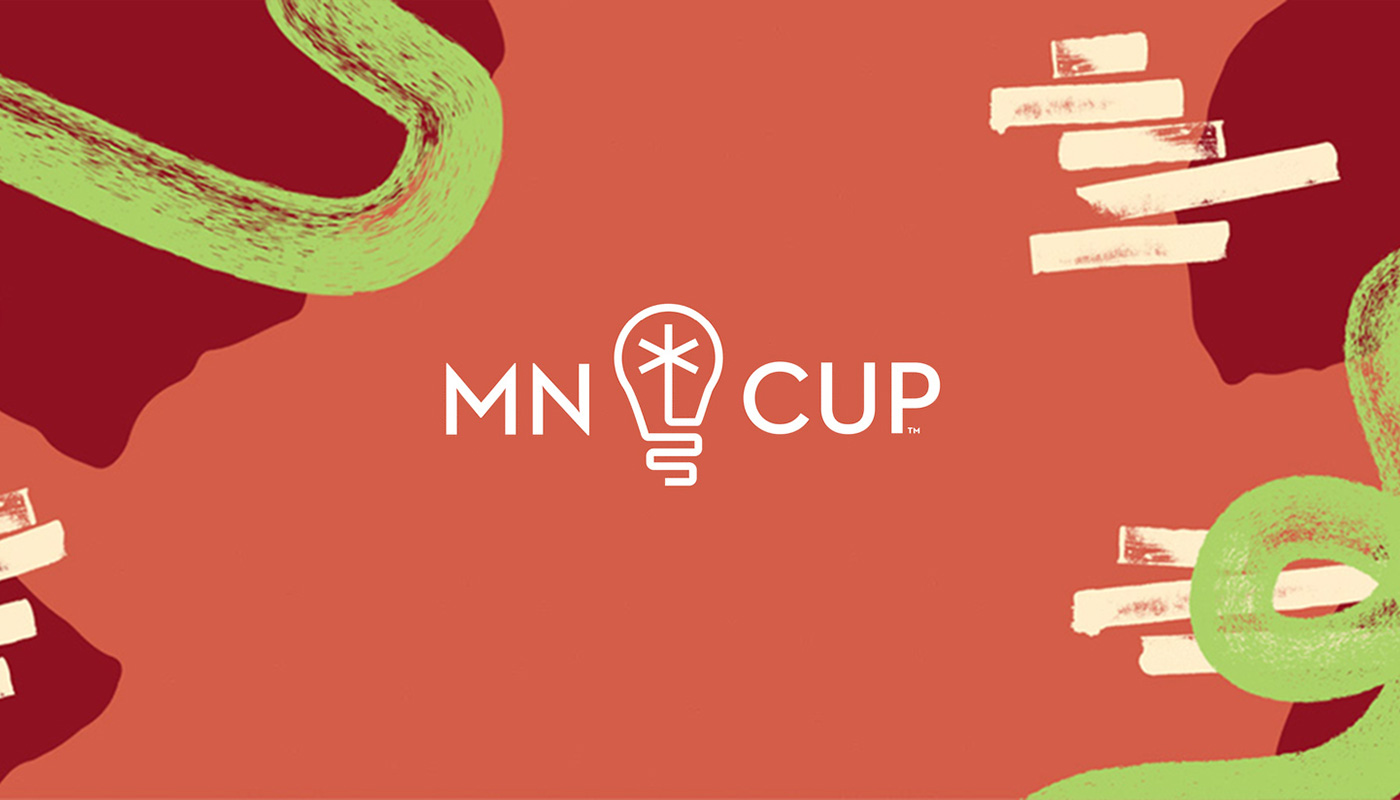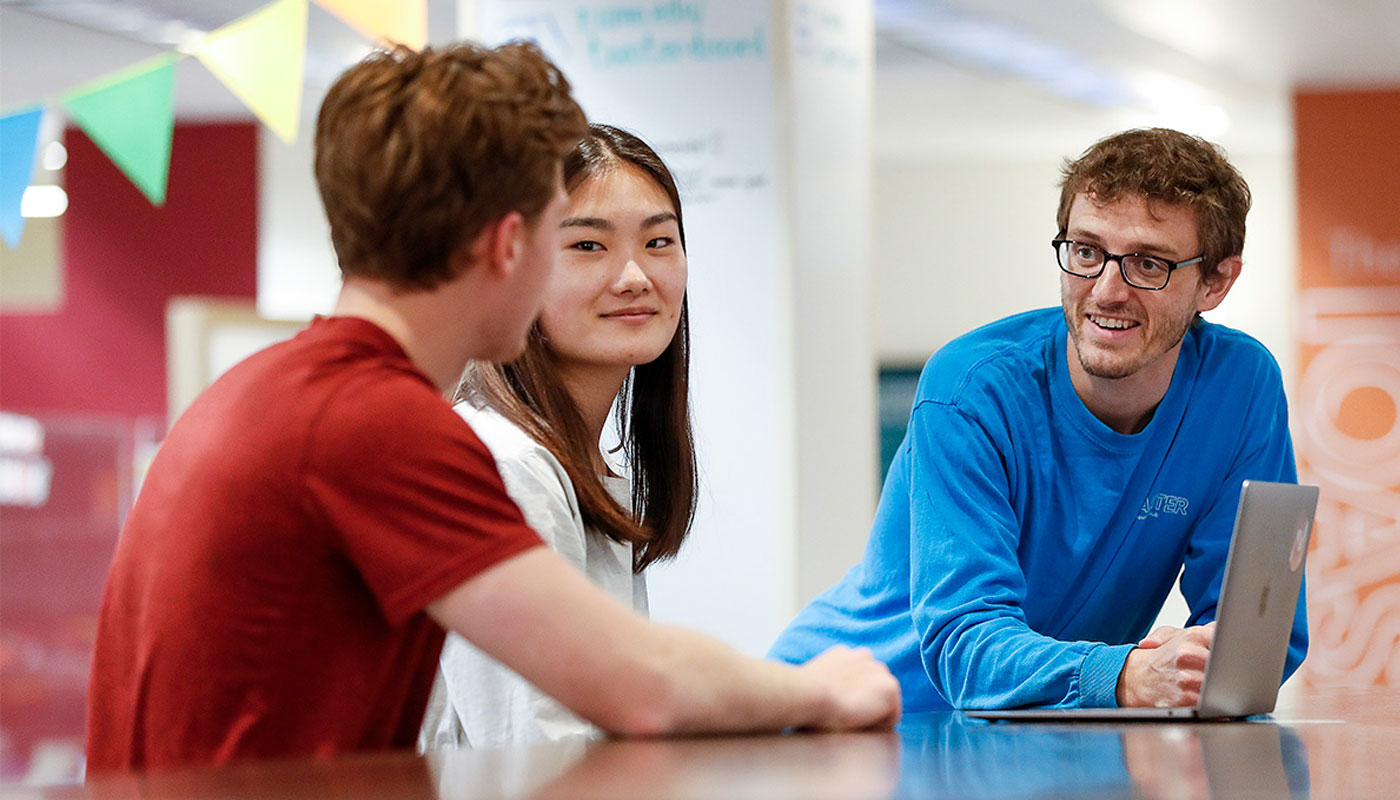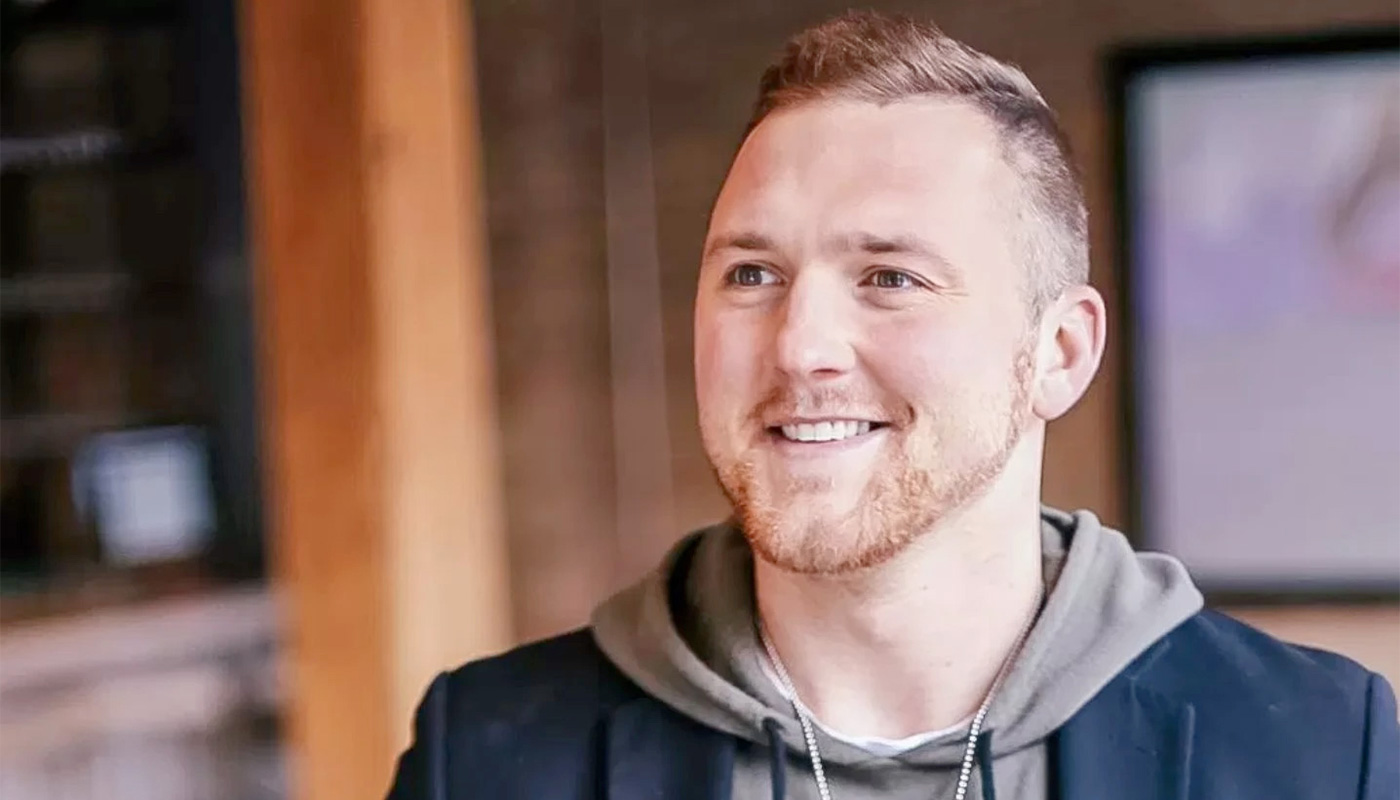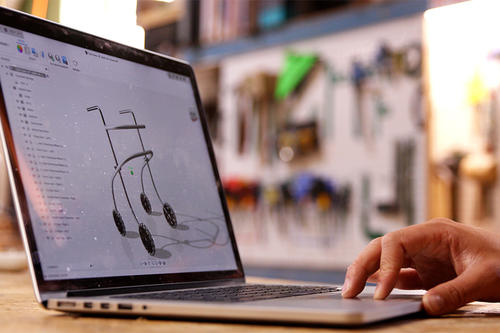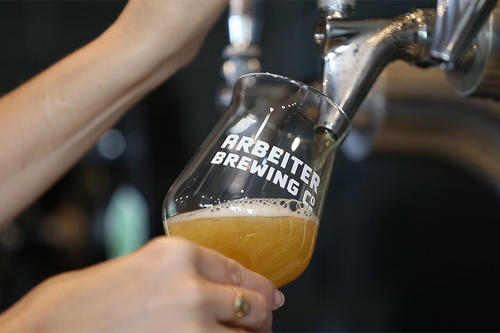BlueCube Bio: How do trees survive Minnesota winters?
This cell therapy startup has the potential to dramatically improve human health.
Allison Hubel thinks it was probably the month of February, the shortest month by days, but one that can feel like the longest for anyone living in Minnesota and the Midwest, longing for winter to end.
“I looked out my window and wondered, ‘How do trees survive Minnesota winters?’” says Hubel, a professor of mechanical engineering and director of the Biopreservation Core Resource at the University of Minnesota.
“And the answer is that they use combinations of molecules that they express that help stabilize them against the cold.”
Nearly a decade later, that discovery led Hubel to launch BlueCube Bio, a startup that creates cryogenic storage solutions for cell therapy companies.
Cell therapy—the infusion of live human cells into a patient to treat various diseases—has enormous potential to improve the health of humanity. Examples of cell therapies include bone marrow transplants to replace cells destroyed by chemotherapy and T cells engineered to target and kill cancer cells.
But a hurdle in the field is that cells tend not to live long once removed from a living donor. In the meantime, they must be preserved, then sent to a manufacturing facility to be processed into a therapy product.
“If we take cells out of your body and we try to ship them somewhere, they will only survive, even under really, really good conditions, for 12 to 18 hours. And if the cells don’t remain viable all along that supply chain, the therapies are not useful,” says Hubel.
BlueCube Bio has created a method that can potentially preserve cells for years.
A new way forward
For decades, cells have been commonly preserved using a solution of dimethyl sulfoxide. But dimethyl sulfoxide can be toxic to both the cells and the patients who receive them, with reactions ranging from nausea to cardiac arrest and seizures.
“Our solutions are associated with naturally occurring molecules that are generally regarded as safe, so that means the adverse reactions that patients experience should be alleviated,” says Hubel. “The other layer of this is we're concerned about creating products that are good for the environment, and these are naturally occurring molecules. They're nontoxic and they don't represent a risk to the people who are working with them and who could be exposed to them.”
In fact, BlueCube Bio’s process is the first-ever nontoxic cell preservation method, resulting in higher post-preservation yields, stronger cell function, and ultimately better long-term results.
BlueCube Bio’s process is the first-ever nontoxic cell preservation method, resulting in stronger cell function and ultimately better long-term results.
BlueCube Bio received some of that support through the Carlson School’s Holmes Center for Entrepreneurship and its MN Cup program—the country’s largest statewide startup competition. MN Cup participants, which can include faculty, students, and others, receive mentorship, pitch coaching, and exposure to experts in business.
In 2020, BlueCube Bio won MN Cup’s grand prize of $50,000 as well as the $30,000 prize in the Life Science/Health IT division.
“They bring you mentors all along that help give you input and help refine your approach,” says Hubel.
Hubel also participated in the MIN-Corps program, a joint initiative of the College of Science and Engineering, the Office for Technology Commercialization, and the Holmes Center.
“The Holmes Center very much believes in helping students and faculty develop startups based on University of Minnesota innovations, and that's what MIN-Corps does,” says Carla Pavone, associate director of the Holmes Center and program director of MIN-Corps. “We help researchers early on in their processes figure out what their value proposition is, who their market might be, and how they might approach it.”
Since 2014, more than 400 MIN-Corps teams have generated over $25 million in commercialization grants and investment funding, resulting in 30 startups. Pavone believes that what makes a successful startup isn’t just the science, but the people behind it. “I am dealing with scientists from around the University, and all of their ideas have the potential for real-world impact,” says Pavone. “But what frequently comes into play is the motivations and the drive of the founders. And Allison knew she wanted to do a startup.”
Participation in the MIN-Corps program eventually led BlueCube Bio to be nominated to the NSF’s I-Corps program, where it acquired another $50,000 grant to develop the business.
That entrepreneurial support and guidance has helped Hubel and BlueCube Bio transition from being an experiment in a lab to a real-world solution with the potential to improve the health of millions of people.
“The important thing to realize is that it takes a village, but even beyond a village, it takes a whole ecosystem to commercialize things,” says Hubel. “There have been people all along who have been unbelievably helpful.”

